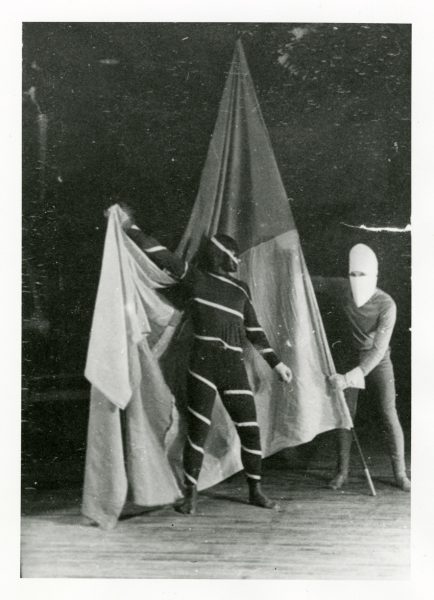
Scene from Xanti Schawinsky’s Danse Maccabre, May 14, 1938. Courtesy Western Regional Archives, Stat…
View full credits
Scene from Xanti Schawinsky’s Danse Maccabre, May 14, 1938. Courtesy Western Regional Archives, Stat…
View full credits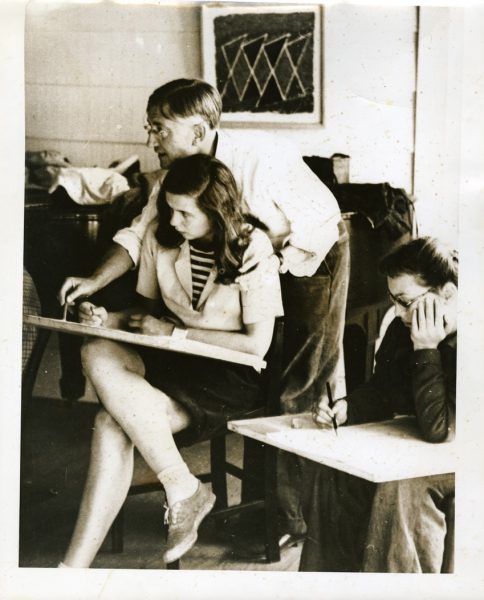
Josef Albers teaching a drawing class, n.d. Photo by John Campbell.
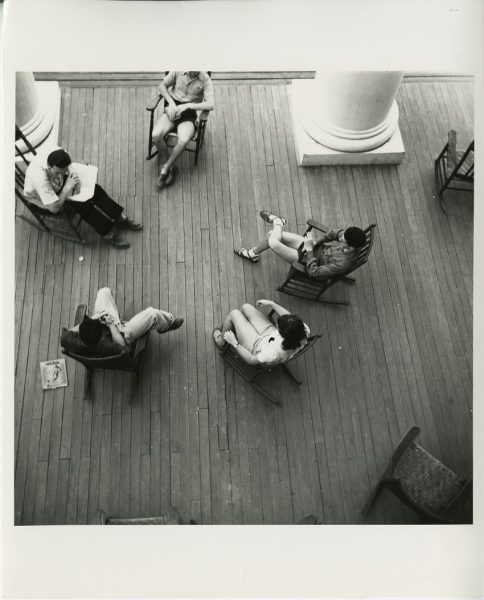
Students on the porch of Lee Hall, n.d. Courtesy Western Regional Archives, State Archives of North Carolina, Ashe…
View full credits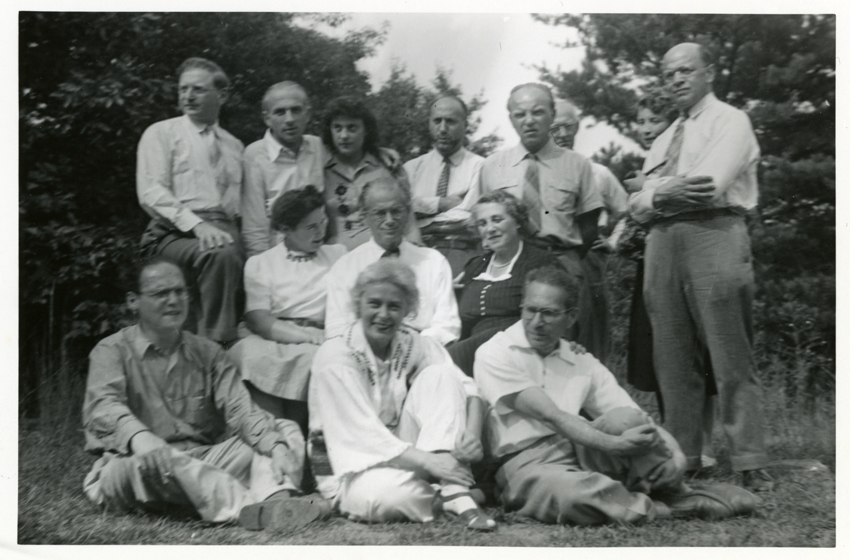
1944 Summer Music Institute faculty. Front row: Frederic Cohen, Elsa Kahl, Marcel Dick. Middle…
View full credits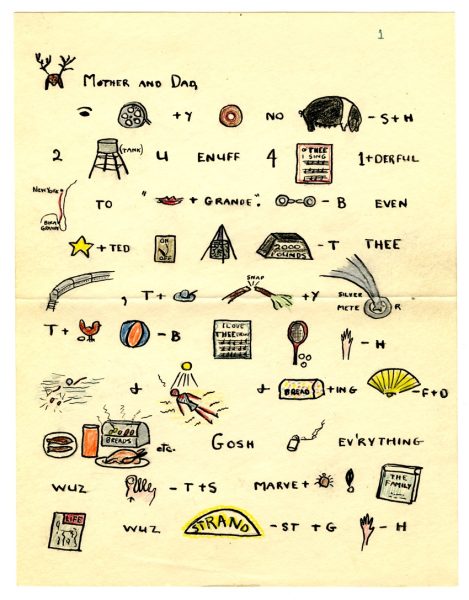
Lorna Blaine Halper, rebus letter to her parents, 1947. Ink on paper, 8 ½ by 11 inches. Western Regional Archives,…
View full credits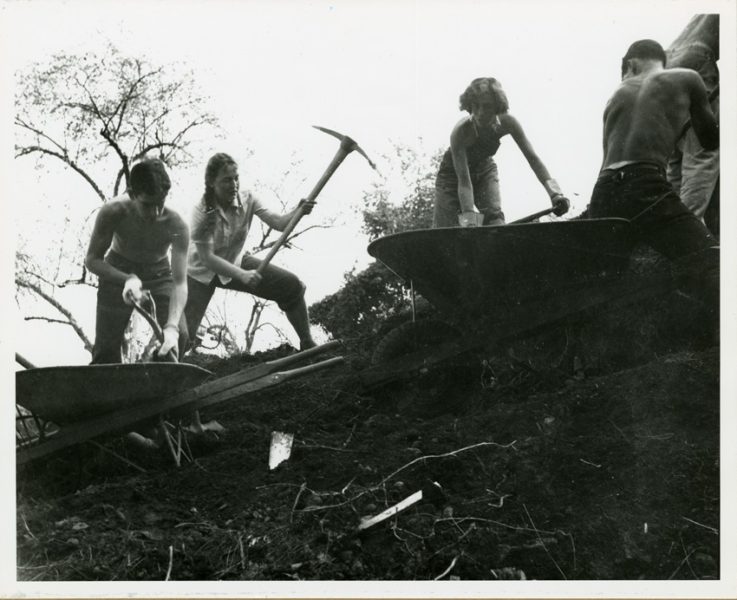
Students prepping the ground for the construction of the Studies Building, n.d. Courtesy Western Regional Archives, State Archives of North Carolina, Asheville, NC.
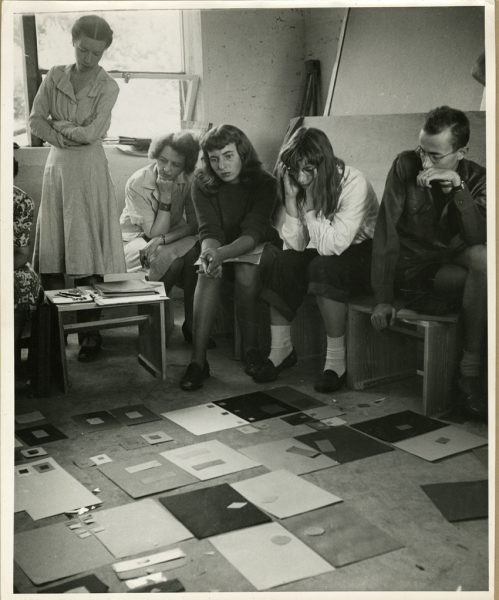
Josef Albers’s color-theory class at the 1944 Summer Art Institute. Photo by Josef Breitenbach.
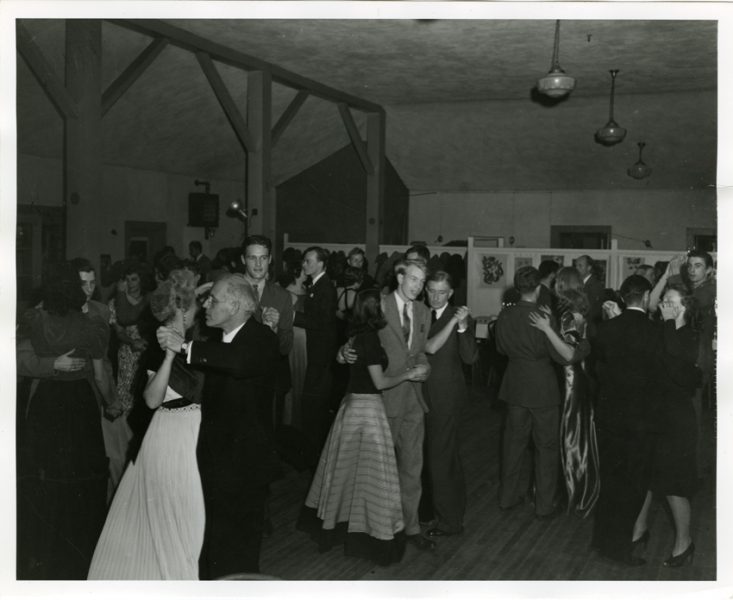
Saturday night dance in dining hall on Lake Eden campus, c. 1945. Courtesy Western Regional Archives, State Archives of North Carolina, Asheville, NC.
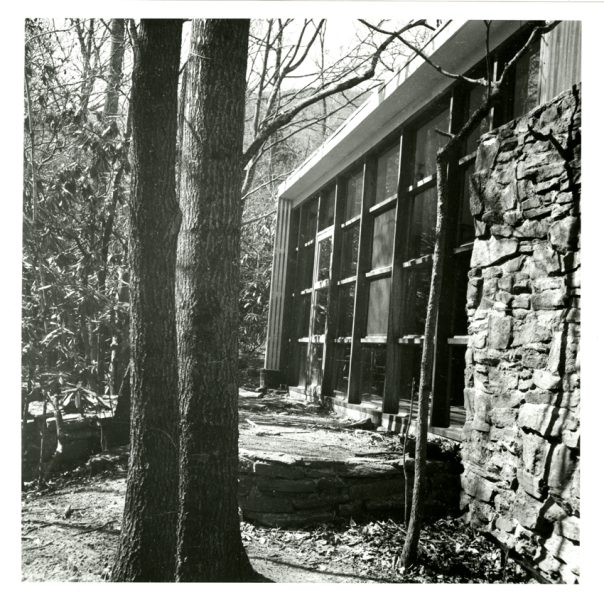
Minimum House, designed and constructed by students, 1947-48. Photo by Jerrold Levy. Courtesy Western Regional Archives, State Archives of North…
View full credits
Scene from Xanti Schawinsky’s Danse Maccabre, May 14, 1938. Courtesy Western Regional Archives, State Archives of North Carolina, Asheville, NC.

Josef Albers teaching a drawing class, n.d. Photo by John Campbell.
The progressive liberal arts college was a utopian experiment: interdisciplinary, communal, non-hierarchical, and unlike anything else in the United States.
The teachers and students at Black Mountain College came to North Carolina’s Blue Ridge Mountains from around the United States and the world. Some stayed for years, others mere weeks. Their education was unlike anything else in the United States. They experimented with new ways of teaching and learning; they encouraged discussion and free inquiry; they felt that form in art had meaning; they were committed to the rigor of the studio and the laboratory; they practiced living and working together as a community; they shared the ideas and values of different cultures; they had faith in learning through experience and doing; they trusted in the new while remaining committed to ideas from the past; and they valued the idiosyncratic nature of the individual. But most of all, they believed in art, in its ability to expand one’s internal horizons, and in art as a way of living and being in the world. This utopian experiment came to an end in 1957, but not before it created the conditions for some of the 20th century’s most fertile ideas and most influential individual artists to emerge.